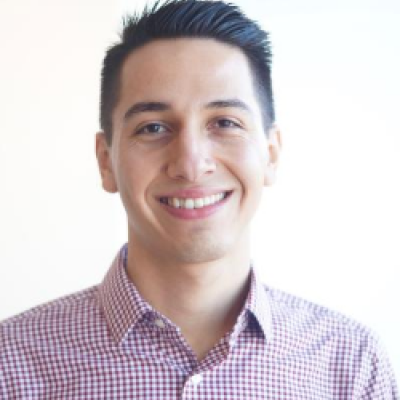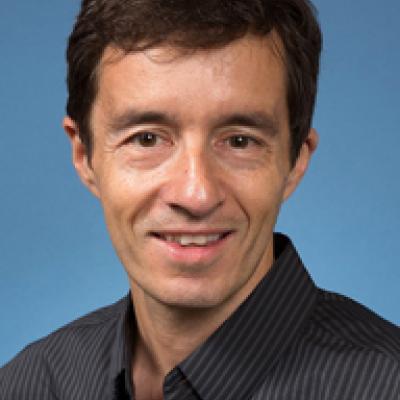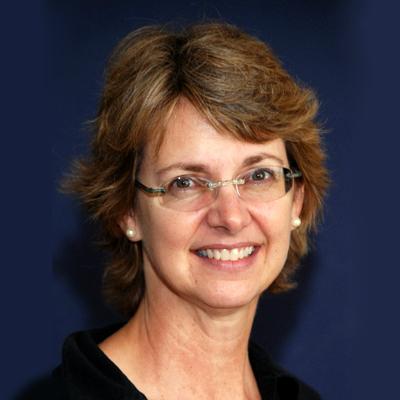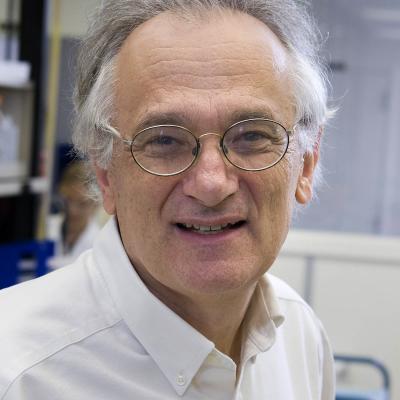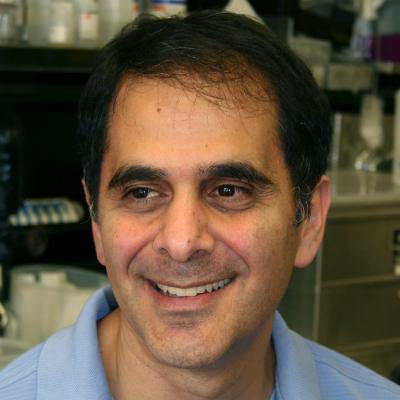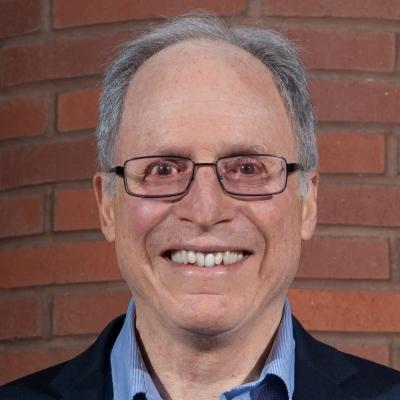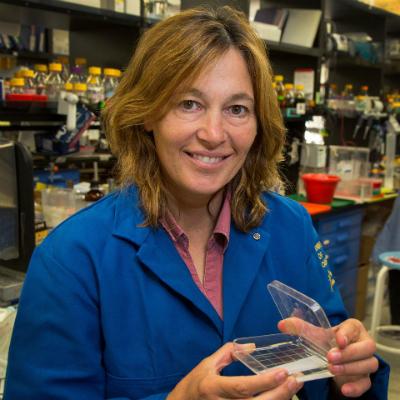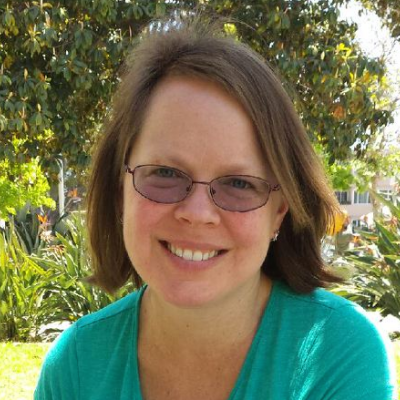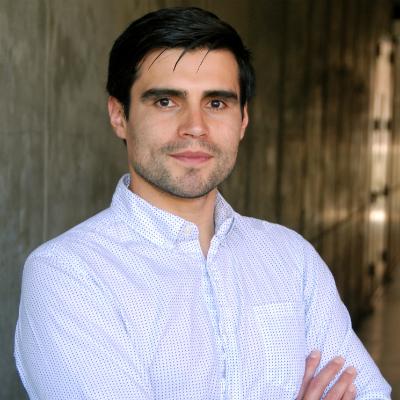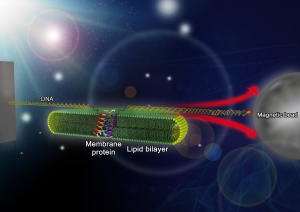
Metabolism, Aging and Development researchers at UCLA conduct studies of spatial and temporal regulation of transcription and of the role of actin polymerization to determine cell polarity in Drosophila development and embryogenesis. Research also aims to understand the mechanisms of protein import into mitochondria, and to determine how defects in mitochondrial protein translocation lead to disease.
The group elucidates the metabolism of lipids, RNA, amino acids, and metals, and determining how regulation of synthesis, degradation, mobilization, and compartmentalization of these processes contribute to health, disease and aging. Further, the group studies how cells repair protein and small molecules to counteract spontaneous chemical damage associated with aging.
